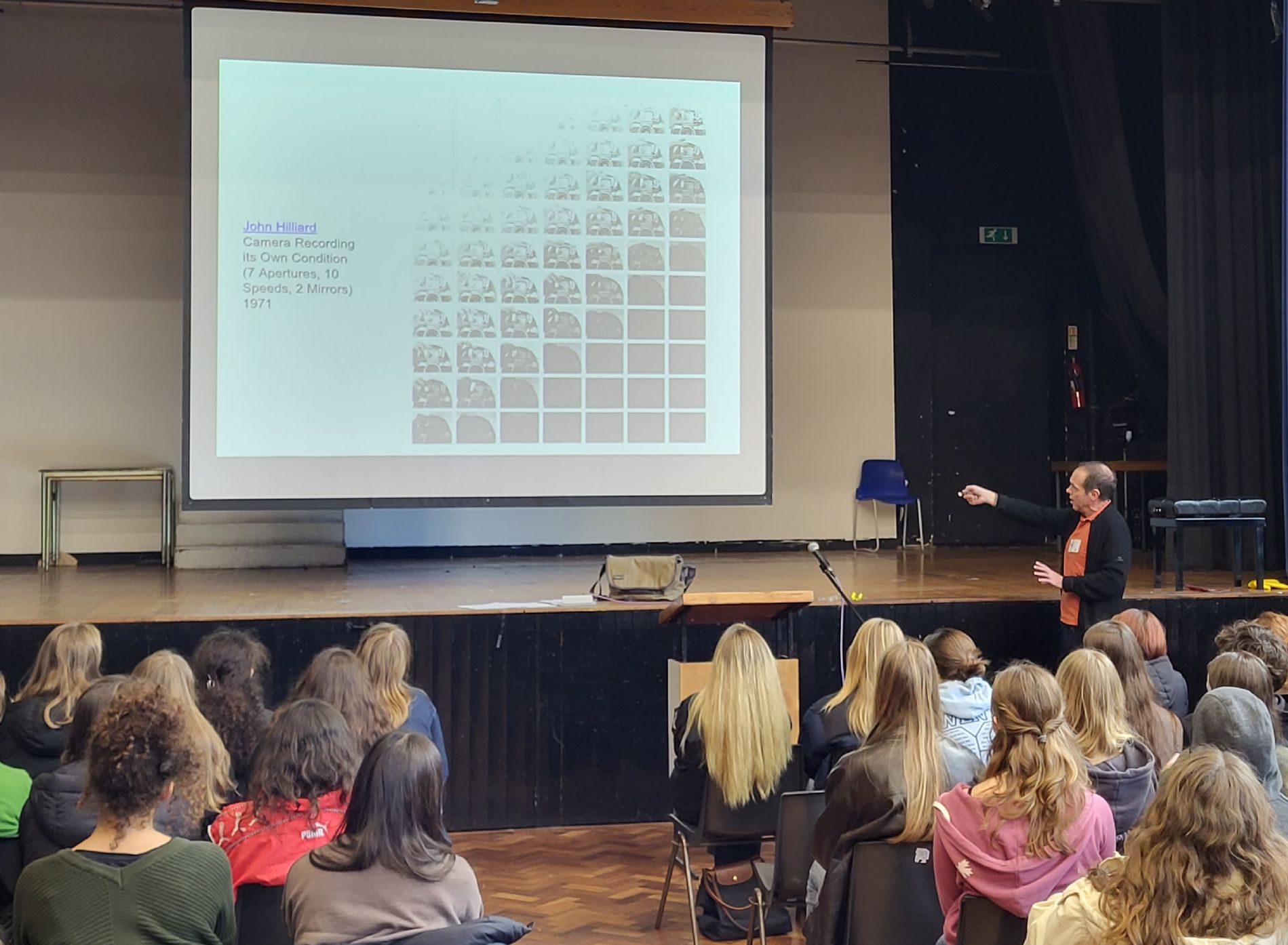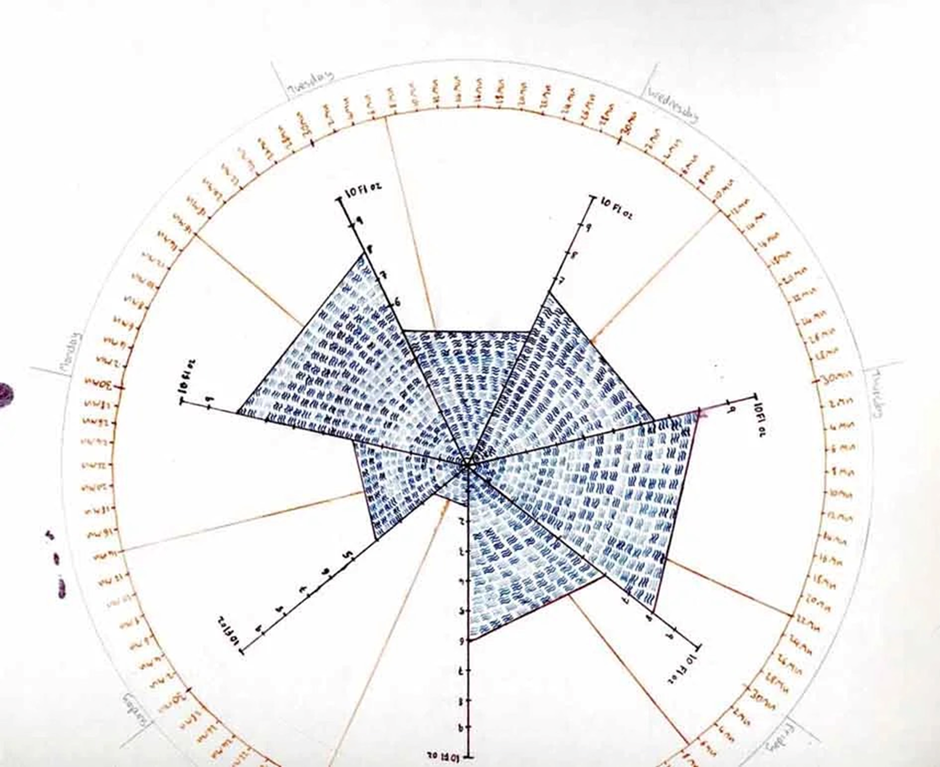Assembly Speaker - 13 November
Duncan Greig - professor of Genetics, Evolution and the Environment at University College London
On Monday 13 November, our assembly speaker was Duncan Greig. Duncan is a professor of Genetics, Evolution and the Environment at University College London.
He did his undergraduate degree at UCL then doctoral research at Oxford.
Completing a ‘postdoc’ in Houston, Texas in experimental evolution, he was then awarded a Royal Society fellowship back at UCL. He worked in Germany at the Max Planck Institute of Evolutionary Biology for several years before returning to UCL and joining CLOE, the Centre for Life's Origins and Evolution.

“It's the creative aspect of science that most excites me, and I'm interested in how new ideas spread and evolve in other disciplines.”
Duncan studied A levels in Art and Biology and has maintained his interest in art ever since. He spoke about the relationship between art and science and UCLs revolutionary BASc degree programmes where students can combine fields and showed us the process led by the art of several artists, including John Hillard and Mary Yacoob (see image below of her work on cataloguing the amount of water on a bathroom floor)

He also used the analogy of the branches of a tree to explain evolution. He likened evolution to the development of language, showing us many illustrations of mutations. He also showed us a timeline to demonstrate viral mutations such as those in SARS viruses. We also looked at the growth of mould in petri dishes.